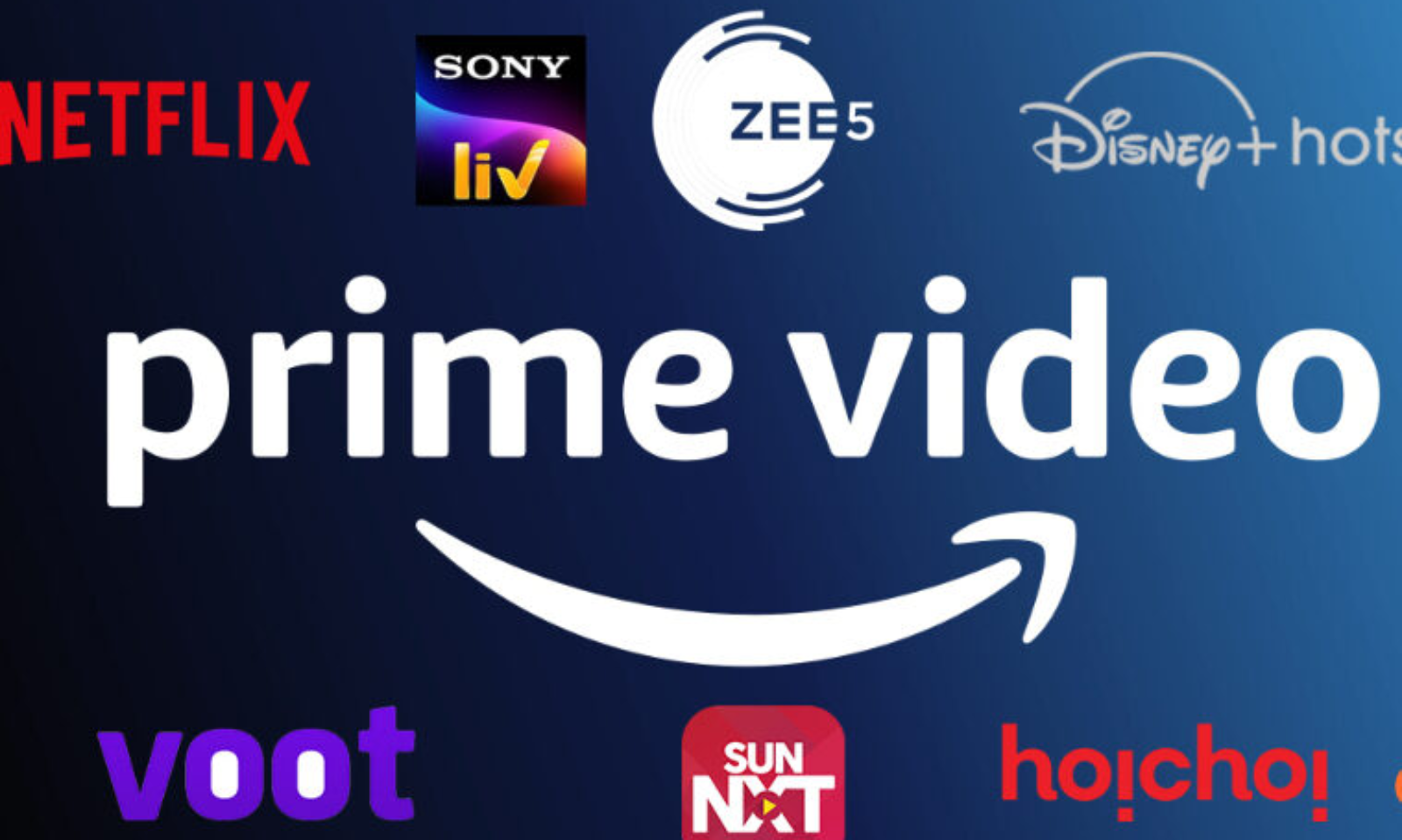Consumer Groups Oppose TRAI’s Proposal on Selective Banning of OTT 2023

Consumer Groups Oppose TRAI’s Proposal on Selective Banning of OTT 2023
Several consumer groups have spoken out against the Telecom Regulatory Authority of India’s (Trai) proposal to selectively ban OTT apps in the event of a law and order issue in addition to opposing the levying of any form of network usage fees on over-the-top (OTT) apps, as is being demanded by the telcos.
Up to 11 consumer organisations, such as the Consumer Unity & Trust Society (CUTS), Consumer Guidance Society, Consumer Guild, and others, have stated that the proposal on selective banning combined with regulating carriage and content would result in overregulation and create regulatory uncertainty in the Indian market.

In their response to Trai’s paper on Regulatory Mechanism for Over-The-Top (OTT) Communication Services and Selective Banning of OTT Services, Amol Kulkarni and Shiksha Srivastava of CUTS stated that the proposed framework for selective banning of OTT applications and services would be a case of overregulation and have the unintended consequence of quelling innovation.
The fact that OTT service providers are already subject to the IT Act 2000, which will be superseded by the forthcoming Digital India Act (DIA), is one of the issues raised by these entities. As a result, these consultations have to be included in the Digital India Act, and any future consultations by authorities like Trai would also result in regulatory structure overlap.
“Consultations regarding the DIA should include such a consultation on selective banning. Additionally, the technicalities of how the same may be done is still unknown, according to CUTS, which said that if the procedure, including the proper power to oversee such selective banning, is not clearly spelled out, it would lead to regulatory confusion and additional overregulation.
Separately, the policy advocacy organisation Internet Freedom Foundation raised concern about the plan to selectively outlaw OTT services due to its ad-hoc, opaque, confusing, unrealistic, and unworkable implementation, as well as the potential harm it may bring to user freedom and choice.

“We called Trai’s attention to the fact that while bad actors may discover workarounds, everyday internet users may not, and as a result, would be negatively affected.
The Internet Freedom Foundation’s Tejasi Panjiar and Prateek Waghre warned that, as an alternative, those who seek alternatives without malicious intent may also face criminal charges.
In July, Trai began an investigation into the problem of regulating OTT messaging services like WhatsApp, Facebook, Instagram, Telegram, etc. OTT applications’ definition, their licencing, privacy and security, among other topics, are among those on which the telecom regulator has asked for input from stakeholders.
It also raised the subject of selective OTT service bans as an alternative to the current technique of shutting down all internet services in a region in the case of law and order issues.
Currently, if there is any sort of unrest or violence, the internet is completely shut down in that region, which has an impact on things like online banking, health, and education.

The government was tasked by a legislative committee to investigate if it is possible to block specific services, like OTT applications, that are more likely to be used by terrorists or other undesirable elements.
Analysts drew attention to the fact that because of fluctuating IP addresses, selective banning cannot be implemented. Because it is costly, customers do not choose a static IP address.
Consumer advocacy organisations said that such restrictions require a well defined method, and the decision’s justification is as important.
“The public should be made aware of how the OTT applications are chosen, the rationale behind the choice, and the circumstances in which the ban would be applied. This should be accomplished by a written public order that explains the decision’s justification, according to CUTS.
Here, it will be crucial to make sure that there are procedural protections, in order to prevent violations of natural justice principles and the following of due process.

One recommendation made by consumer advocacy organisations and other experts is to lessen the regulatory burden on telcos in order to prevent them from charging OTT players any fees.
The Telecom Regulatory Authority of India (TRAI) has recently proposed a controversial plan to selectively ban certain Over-The-Top (OTT) platforms, citing concerns over content regulation and user protection.
While TRAI’s intentions to ensure a safe and regulated digital environment are commendable, the proposal has sparked a significant backlash from consumer groups across the country. This article explores the key aspects of TRAI’s proposal and why consumer groups are vehemently opposing it.
TRAI’s proposal seeks to grant the regulatory body the power to selectively ban specific OTT platforms or content providers that are found to violate its guidelines on content regulation. This includes banning certain applications, websites, or services that are deemed to have inappropriate or harmful content. TRAI’s rationale behind this proposal is to protect consumers from content that may be offensive, explicit, or harmful.
Consumer groups argue that TRAI’s proposal poses a significant threat to freedom of expression. Banning specific OTT platforms or content providers based on subjective judgments about the content they host can lead to censorship and limit artistic expression, creativity, and diverse opinions. Critics assert that this could stifle creativity and hinder the growth of India’s digital content industry.
Another major concern is the lack of clear criteria for determining what content should be banned. Consumer groups argue that TRAI’s proposal lacks transparency and leaves room for arbitrary decisions. Without well-defined guidelines and criteria, there is a risk of overreach and selective targeting of certain platforms or creators.

Consumer advocates warn that giving TRAI the authority to selectively ban OTT platforms opens the door to potential misuse of power. They fear that the regulatory body could be influenced by political or corporate interests, leading to unfair censorship. Such concerns highlight the need for an independent and impartial mechanism to oversee content regulation.
Many OTT platforms in India have played a crucial role in promoting innovation and providing a platform for emerging talents. Imposing bans on these platforms could stifle innovation and disrupt the growth of the digital entertainment industry. Consumer groups argue that a more balanced approach to content regulation is necessary, which promotes responsible content creation while preserving creative freedom.
The proposal’s potential to ban specific OTT platforms or content providers may also deter investments in the sector. Investors may become cautious about funding new ventures in India’s digital content industry due to the regulatory uncertainty created by TRAI’s proposal. This could have long-term consequences for the growth and development of the sector.
Consumer groups argue that rather than outright bans, a more comprehensive and collaborative approach to content regulation is needed. They advocate for the following measures:
- Strengthening Self-Regulation: Encouraging OTT platforms to adopt self-regulatory mechanisms that align with industry standards and guidelines to monitor and control content.
- Transparency and Accountability: Advocates call for increased transparency in the decision-making process and the establishment of an independent body to oversee content regulation.
- Public Consultation: Engaging the public in the decision-making process to ensure that regulations reflect the diverse opinions and concerns of Indian citizens.
- Strict Enforcement of Existing Laws: Consumer groups emphasize the importance of enforcing existing laws and regulations to tackle specific cases of content violations rather than resorting to outright bans.
TRAI’s proposal on the selective banning of OTTs has sparked a contentious debate in India. While the intent to protect consumers from harmful content is laudable, the lack of clear criteria, potential for misuse, and threats to freedom of expression have led consumer groups to oppose the proposal vehemently.
A balanced approach to content regulation that promotes self-regulation, transparency, and accountability may offer a more effective solution while preserving creative freedom and fostering innovation in India’s digital content industry.
Public consultation and a collaborative effort among stakeholders are crucial to finding common ground on this issue and ensuring that the rights and interests of consumers are protected.





